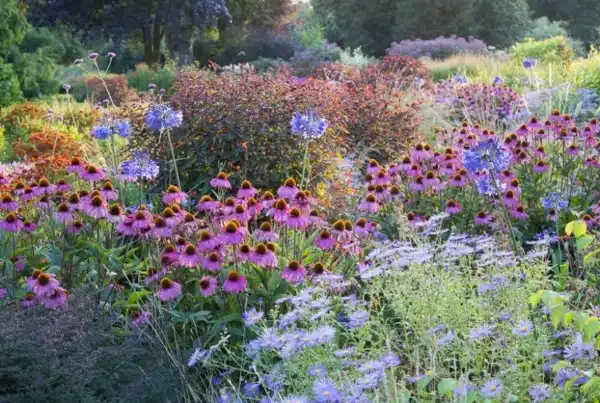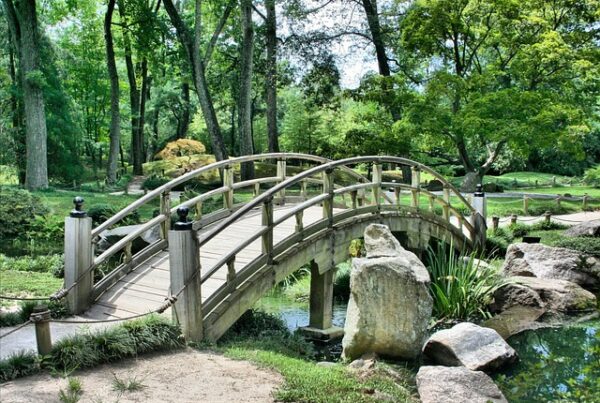Put in a Pond
The single most effective way of improving your garden as a wildlife resource, and attracting a greater range of species, is to put in a pond. It doesn’t matter whether it’s a puddle or a lake, it will provide for a huge range of aquatic or amphibious species, and act as a watering hole for many others. Ponds with soft edges, marshy spills and shallow slopes towards a deeper centre will be more appealing to wildlife.
Leave Areas of Long Grass
Bumblebees nest in holes in the ground, and many of these nests are destroyed when people mow the lawn. Leave an area of grass to grow long – perhaps around the compost heap – where bumblebees can nest safely.
Give Ivy Room
Leave ivy alone!! It doesn’t strangle trees or pull buildings down.
Ivy provides a seriously essential autumn nectar source for many overwintering insects, followed by its berries, which sustain birds in the cold short days of December.
It is also invaluable in providing nesting and roosting cover for birds and occasionally bats, too.
Grow Nectar Rich Flowers
Try to extend your flowering season for as long as possible, so that nectar remains available to a range of insects throughout the year.
Plant a ‘supermarket’ of flowers in the peak season, including plants such as Verbena bonariensis, bluebells, pussy willow, buddleia, foxgloves and heathers. Avoid double-flowered varieties; some of these ‘mutants’ restrict access to insects, while others have no reproductive apparatus and thus produce no nectar at all – they are plants without a purpose.
Create Habitats for Birds
Go nest-box crazy!
You can never have too many, as natural holes and cavities are always in short supply, particularly where there is a shortage of mature trees.
Get a range of next boxes to appeal to different species and be sure to include those designed for house sparrows, starlings and swifts, which may be denied loft access if you have a modern house.




